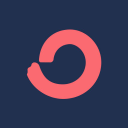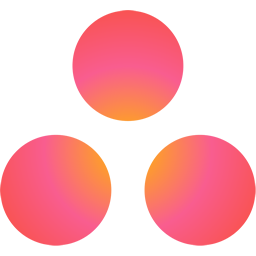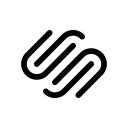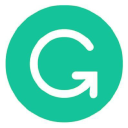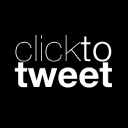How I Built A Business Helping Micro Businesses Find New Clients
Note: This business is no longer running. It was started in 2019 and ended in 2024. Reason for closure: Shut down.
Hello! Who are you and what business did you start?
Hi guys! I’m Bryn Bonino and I founded the Bryn Elizabeth Co. I help micro-businesses connect with their ideal clients. My main goal is to help small and creative service businesses get set up with a digital system that will make the most of their ad spend and get the most distance out of their organic marketing efforts.
All of my clients start with a Foundational Planning Session where I uncover strategies and tactics to help them zoom in on how to make their ideal clients say “wow!” My flagship product is called the Digital System Plus. This is where I build the system that I proposed in the Foundational Planning Session. This often includes creative content and backend technology to create and capture warm leads.
I recently shifted from working as a tactic-based hourly consultant to someone who offers entire packages to help my clients meet their business goals. Since this shift, I have been averaging $1,300 per month and I have a lot more flexibility to spend on marketing my business. Other positive...

Download the report and join our email newsletter packed with business ideas and money-making opportunities, backed by real-life case studies.

Download the report and join our email newsletter packed with business ideas and money-making opportunities, backed by real-life case studies.

Download the report and join our email newsletter packed with business ideas and money-making opportunities, backed by real-life case studies.

Download the report and join our email newsletter packed with business ideas and money-making opportunities, backed by real-life case studies.

Download the report and join our email newsletter packed with business ideas and money-making opportunities, backed by real-life case studies.

Download the report and join our email newsletter packed with business ideas and money-making opportunities, backed by real-life case studies.

Download the report and join our email newsletter packed with business ideas and money-making opportunities, backed by real-life case studies.

Download the report and join our email newsletter packed with business ideas and money-making opportunities, backed by real-life case studies.

